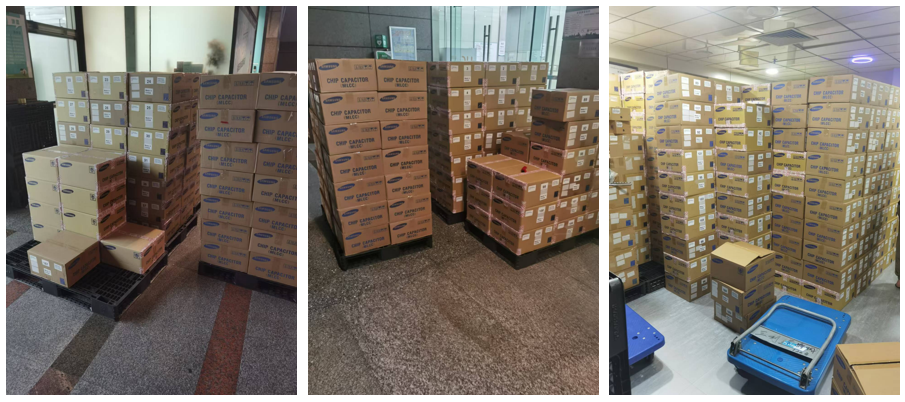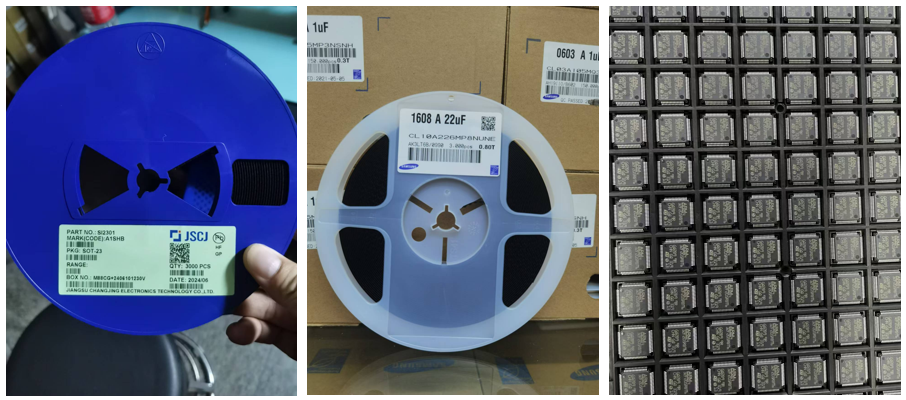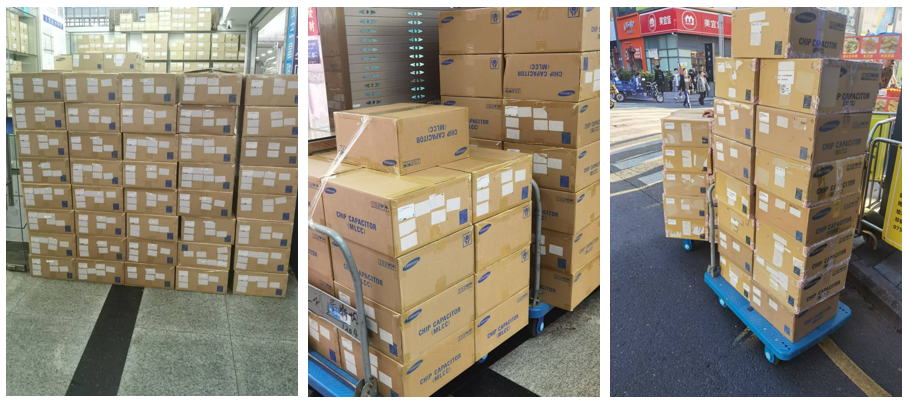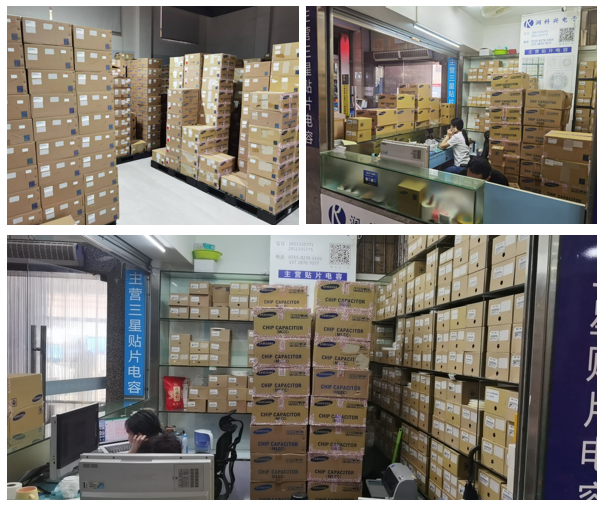



Quantity
Price
Total price
1
$28.1820
$28.1820
10
$26.2395
$262.3950
25
$25.9560
$648.9000
40
$25.3155
$1,012.6200
80
$22.2285
$1,778.2800
230
$21.4725
$4,938.6750
| TYPE | DESCRIPTION |
| Mfr | ATP Electronics, Inc. |
| Series | Industrial |
| Package | Tray |
| Product Status | ACTIVE |
| Package / Case | 153-FBGA |
| Mounting Type | Surface Mount |
| Memory Size | 256Gbit |
| Memory Type | Non-Volatile |
| Operating Temperature | -40°C ~ 85°C |
| Technology | FLASH - NAND (MLC) |
| Memory Format | FLASH |
| Supplier Device Package | 153-BGA (11.5x13) |
| Memory Interface | eMMC |
| Memory Organization | 32G x 8 |
| DigiKey Programmable | Not Verified |












